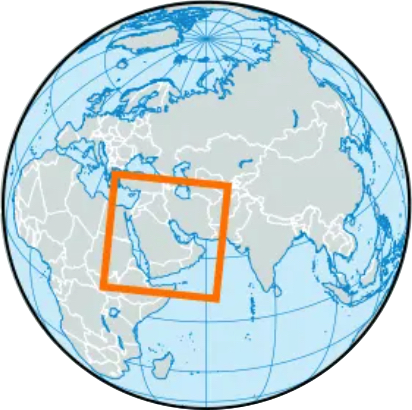 Livelihoods and economies
Livelihoods and economies
This goal measures jobs and revenue from sustainable marine-related industries.
Overview
Marine-related jobs and the revenue they generate are significant contributors to the global economy. Healthy oceans generate jobs and money through fisheries, mariculture, tourism, recreation, and sciences. This goal is divided into two subgoals because the number and quality of jobs (Livelihoods) and the amount of revenue produced (Economies) are both of considerable interest to stakeholders and governments, and can have different patterns in some cases.
Scores
These scores have not been updated for many years due to a lack of global data.
The Livelihoods and Economies score for the Red Sea and Gulf of Aden region was 85.
Scores are high for all countries, except Sudan and Eritrea. However, these data are very old.
The interactive map below shows the scores for the different countries.
Model description
The jobs and revenue produced from marine-related industries are clearly of huge value to many people, even for those people who do not directly participate in marine-related industries. People value community identity, tax revenue, and indirect economic and social impacts of a stable coastal economy. This goal tracks the number and quality of jobs and the amount of revenue produced across as many marine-related industries/sectors as possible through two sub-goals, Livelihoods and Economies. A score of 100 reflects productive coastal economies that avoid the loss of ocean-dependent livelihoods while maximizing livelihood quality.
Livelihoods
People rely on the ocean to provide livelihoods (i.e., jobs with steady wages) and stable economies for coastal communities. The jobs produced from marine-related industries directly benefit those who are employed, but also have substantial indirect importance to many others.
Ideally, this sub-goal describes the quality and quantity as well as the sustainability of marine jobs in a coastal community. The jobs and revenue produced from marine-related industries directly benefit those who are employed, and also those who gain indirect value from related economic and social impacts of a stable coastal economy, such as community identity and tax revenue.
Economies
The Economies goal captures the economic value associated with marine industries using revenue from marine sectors, such as commercial fishing, mariculture, tourism and recreation, shipping and transportation, whale watching, ports and harbors, ship and boat building, and renewable energy production.
A closer look at the data
These data have not been updated at the global scale for over 10 years due to data limitations.
Implications
Although this goal is not currently assessed at the global scale, it is probable that data exists for the Red Sea and Gulf of Aden Countries.
The first step of assessing this goal is to identify as many marine-related sectors as possible.
After you have identified the sectors in each area, you will need some measure of their direct and indirect benefits. Direct benefits of jobs include the number of jobs in each area, and the wages or income for such jobs. You could find such information from you local national statistical office, or economics bureaus, for example. Indirect benefits of these jobs to the local communities are calculated through the use of economic multipliers, that can be used to more broadly estimate the revenue generated by marine sector jobs. It’s encouraged to use economic multipliers from the literature.
The Livelihoods subgoal ideally includes two equally important sub-components, the number of jobs and the quality of the jobs. Economies is typically composed of a single component, revenue.
The final step is determining the reference point. A common reference point for this sub-goal is a temporal one that compares current livelihoods to past livelihoods in the same region. In this case, the goal is to maintain the quantity and quality of marine-related jobs year after year. Another approach would be to use a locally established target for growth.
Guidance for the livelihoods and economies subgoals should be considered while developing this goal for the Red Sea and Gulf of Aden.
